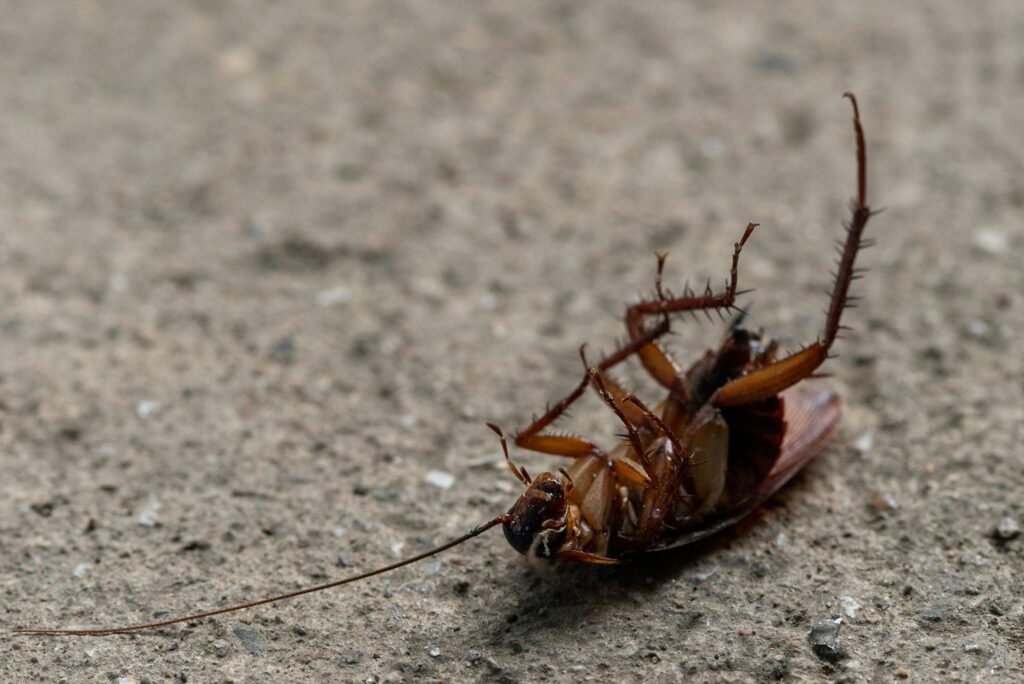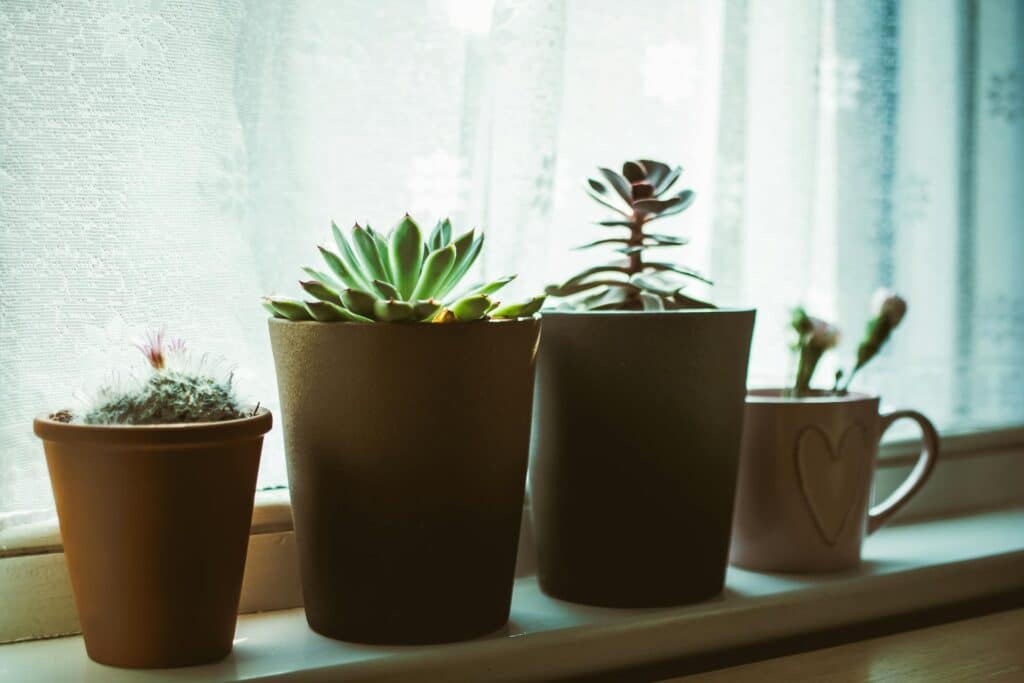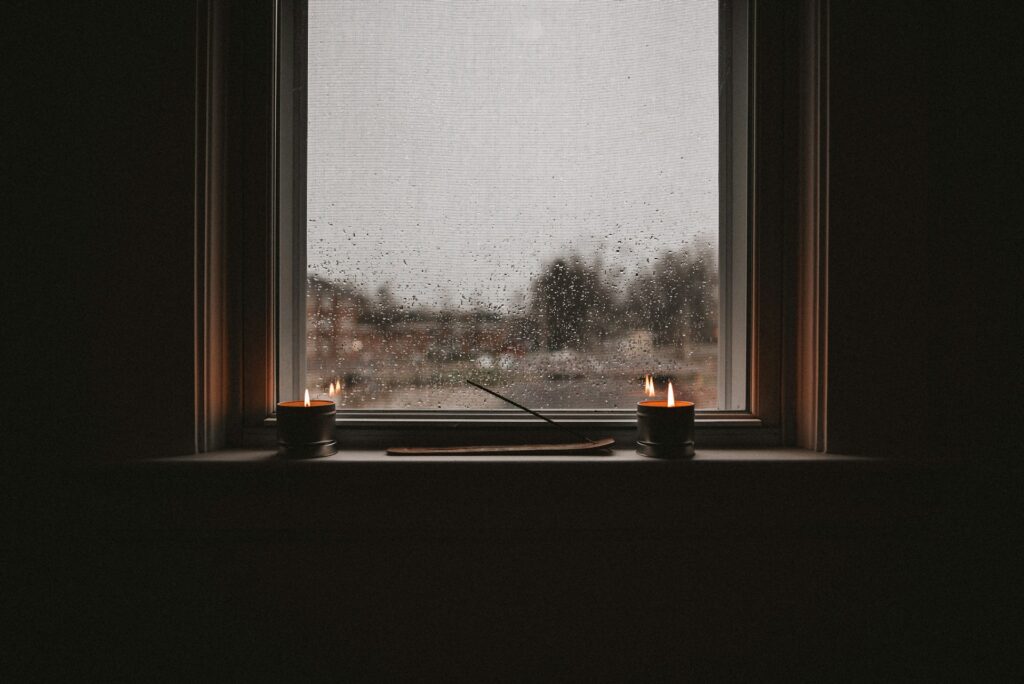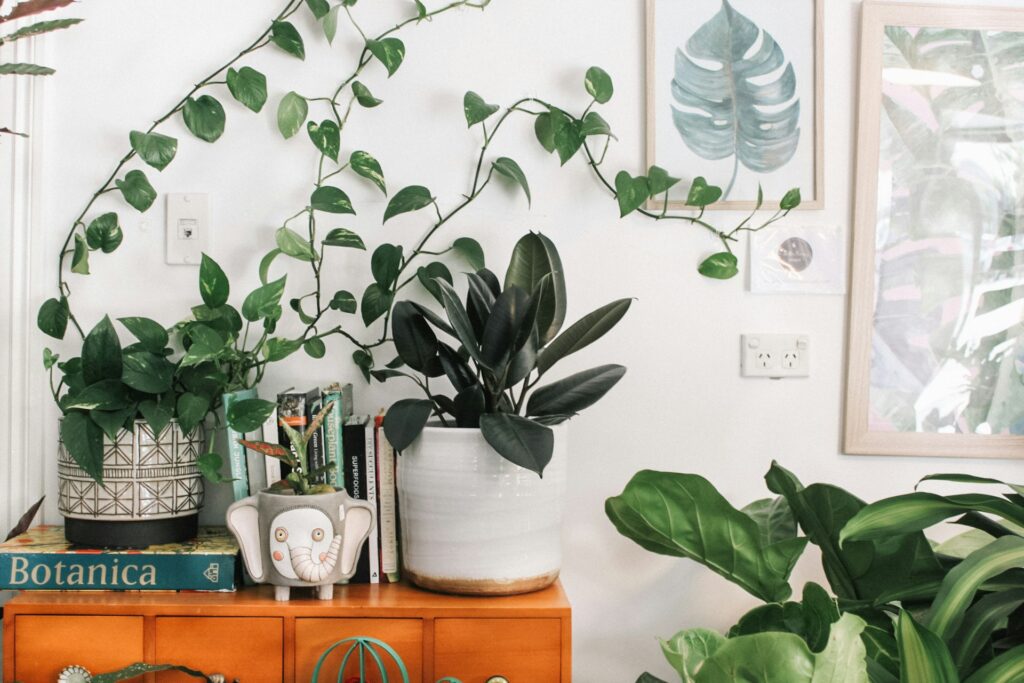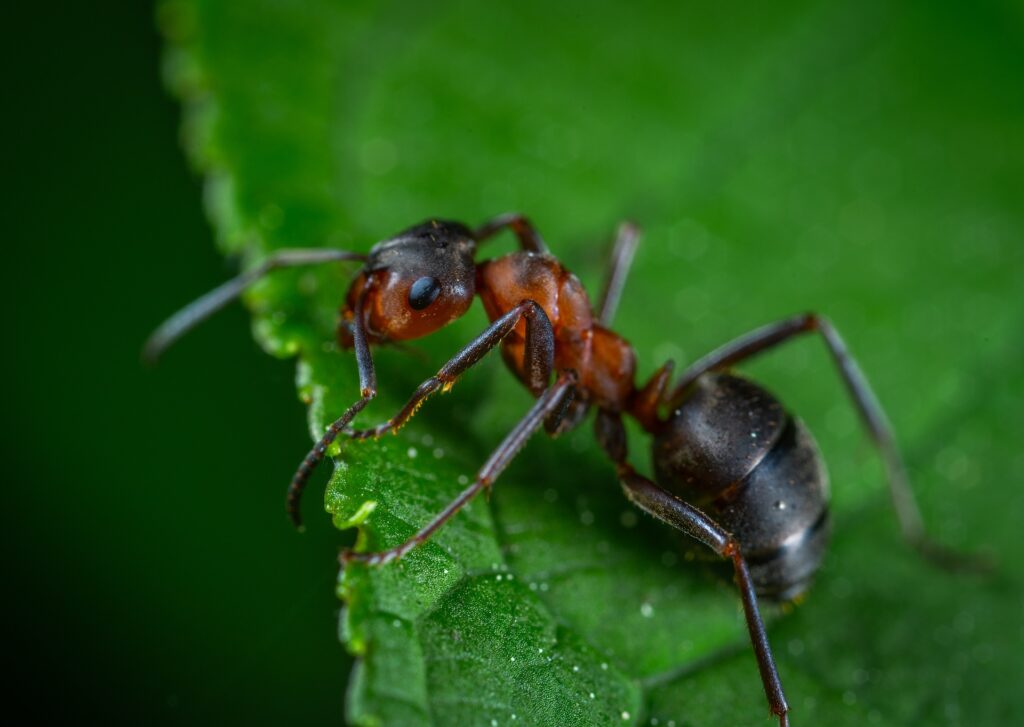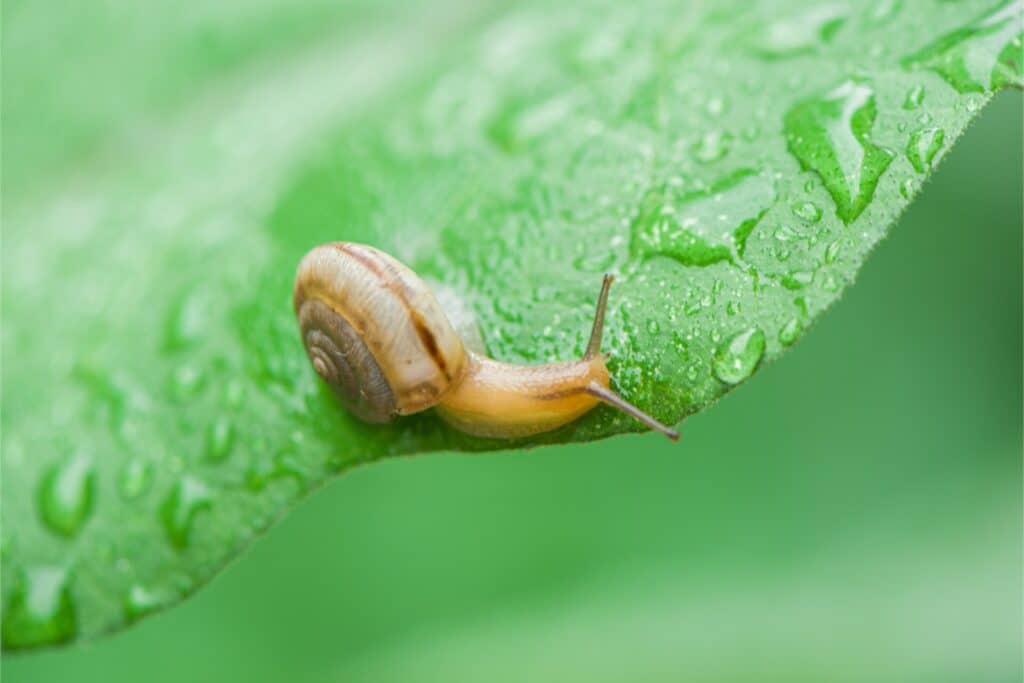If you notice water pooling in your yard after rain, you might soon be dealing with more than just puddles. Standing water and consistently damp soil create perfect breeding conditions for a variety of pests. When drainage issues go unaddressed, you’re likely to see increased activity from mosquitoes, ants, and even rodents making their way closer to your home. Understanding the relationship between poor drainage and pest problems is essential for effective outdoor pest prevention.
Why Poor Drainage Attracts Pests
Excess moisture provides pests with one of their most basic survival needs: water. Mosquitoes need standing water to lay their eggs and complete their life cycle. Ants actively seek out damp soil as ideal locations for building their colonies. Rodents look for soft, wet areas where they can easily create burrows. When water lingers in your yard instead of draining properly, you’re essentially creating an invitation for these pests to multiply quickly.
The problems don’t stop there—waterlogged soil significantly affects plant health, often leading to decaying vegetation. As plants begin to rot, they attract even more insects, which in turn bring predators like spiders and centipedes. This creates a chain reaction that can make your pest problems increasingly worse over time. Without addressing the underlying drainage issues, pests will continue to find your yard an attractive place to stay.
Common Pests That Thrive in Poorly Drained Yards
Here are some pests that you can commonly find in lawns that have not been properly drained.
Mosquitoes
Preventing mosquito breeding starts with eliminating sources of standing water around your property. Even small collections of water—like puddles, clogged gutters, or water-filled planters—can support hundreds of mosquito larvae. Female mosquitoes specifically seek out stagnant water to lay their eggs, and without proper drainage, their population can explode in just a matter of days.
Ants
Damp soil provides ideal conditions for ants to build and expand their colonies. Certain species, like carpenter ants, are particularly drawn to rotting wood and moisture-damaged areas. If your yard consistently stays wet, these ants will establish extensive nests and eventually make their way closer to your home’s foundation in search of food and additional shelter.
Rodents
Rats and mice are naturally drawn to soft, wet ground that makes burrowing easier. When drainage problems create muddy areas near your home’s foundation, these rodents can quickly establish tunnel systems and nests. Once they’ve settled in your yard, they’ll begin seeking food and warmth indoors, significantly increasing your risk of a full-blown indoor infestation.
Termites
Termites thrive in moisture-rich environments, making poorly drained yards particularly vulnerable to these destructive pests. When water pools near your foundation, wooden structures become more susceptible to termite infestations. These pests require damp conditions to survive, and poor drainage provides the perfect environment for them to flourish and potentially cause expensive structural damage.
Cockroaches
Cockroaches are constantly searching for damp hiding spots where they can shelter. Yard debris, wet mulch, and soaked wood all provide ideal shelter and food sources for these resilient pests. If your yard remains consistently wet, cockroaches will establish themselves outdoors before eventually finding their way into your home.
How to Improve Yard Drainage and Reduce Pests
Here are some ways you can help to keep pests away from your yard when standing water tends to be a problem.
Identify Problem Areas
The first step in addressing drainage issues is identifying where the problems exist. Take time to walk through your yard after a heavy rain and look for areas where water pools or soil remains damp for extended periods. These spots require immediate attention to prevent pests from establishing themselves in these moisture-rich environments.
Clean and Maintain Gutters
Clogged gutters are a common cause of yard drainage problems. When gutters fill with leaves and debris, water overflows and soaks the ground near your home’s foundation. Make sure to clean gutters regularly and ensure downspouts direct water at least 5-10 feet away from your home to keep the surrounding soil from becoming waterlogged.
Use Gravel or Drainage Pipes
For persistent wet areas, consider installing gravel or underground drainage pipes to redirect water. These solutions help move water away from problem areas and keep soil from becoming oversaturated. For larger properties, a system of strategically placed drainage solutions can make a significant difference in reducing standing water.
Adjust Landscaping
Many drainage problems occur because yards slope toward homes rather than away from them. Take time to assess your yard’s grading and consider adjusting it so water naturally flows away from your foundation. Even a slight adjustment in slope can dramatically improve drainage and reduce pest-friendly conditions.
Avoid Overwatering
Overwatering your lawn and garden can contribute significantly to drainage problems. Be mindful of how often you water and avoid using sprinklers improperly, which can create excess moisture. Controlled irrigation helps prevent the damp conditions that attract various pests to your yard.
Remove Yard Debris
Wet yard debris creates perfect hiding spots and breeding grounds for numerous pests. Make sure to regularly clear away fallen leaves, grass clippings, and any rotting wood or plant material from your yard. These organic materials absorb and retain moisture, creating microhabitats where pests can thrive even if the rest of your yard drains properly.
Install French Drains
Poor yard drainage creates ideal breeding conditions for pests like mosquitoes, ants, and rodents. Standing water and damp soil attract these unwanted visitors to your property. By improving drainage through gutter maintenance, debris removal, proper grading, and installing solutions like the French drainage system, you can significantly reduce pest activity around your home.
When to Call a Professional
If you’re already noticing increased pest activity despite your efforts to improve drainage, it might be time to call in the experts. Our pest control specialists can identify existing infestations and implement effective treatments to address your specific pest problems.
We offer a comprehensive pest control service that includes evaluating drainage issues contributing to pest activity. Get a free quote today to learn how we can help you create a more habitable environment without the worry of pests, that you can enjoy year-round.

